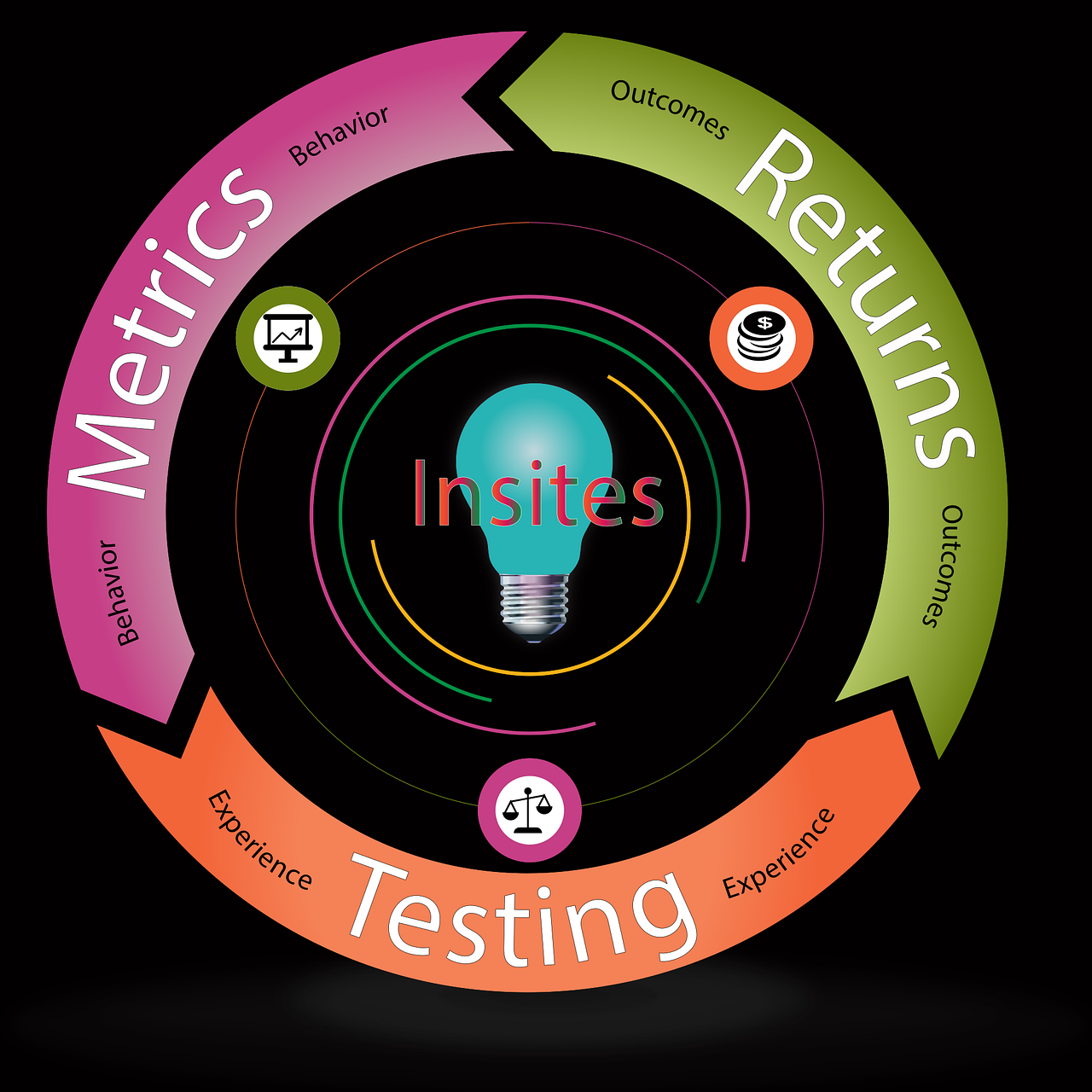What are the top sales performance metrics to track for your sales team?
What are the top sales performance metrics to track?
As a sales professional, tracking sales performance metrics is crucial to understanding how well you are performing and where you need to improve. There are many metrics you can track, but not all of them are equally important. In this article, we will discuss the top sales performance metrics to track.
- Sales Revenue
Sales revenue is the most basic and critical metric to track. It is the total amount of revenue generated from sales within a given period. Tracking sales revenue helps you understand your overall sales performance and whether you are meeting your sales targets. It is essential to set specific revenue targets and track them regularly.
- Sales Growth
Sales growth is the percentage increase or decrease in sales revenue over a specific period. It is essential to track sales growth because it gives you an indication of how well your sales team is performing. Positive sales growth means that your sales team is generating more revenue, while negative sales growth indicates a problem that needs to be addressed.
- Conversion Rate
Conversion rate is the percentage of leads that turn into paying customers. Tracking conversion rate helps you understand how effective your sales process is at turning leads into customers. A high conversion rate means that your sales team is doing an excellent job of closing deals, while a low conversion rate indicates a problem that needs to be addressed.
- Average Deal Size
Average deal size is the average dollar amount of each sale. Tracking average deal size helps you understand how much revenue you are generating from each customer. It is essential to track average deal size because it helps you identify opportunities to increase revenue by upselling or cross-selling.
- Sales Cycle Length
Sales cycle length is the amount of time it takes to close a deal, from the initial contact to the final sale. Tracking sales cycle length helps you understand how long it takes for your sales team to close deals. It is essential to track sales cycle length because it helps you identify areas where you can streamline your sales process and close deals more quickly.
- Lead Response Time
Lead response time is the amount of time it takes for your sales team to respond to a lead. Tracking lead response time helps you understand how quickly your sales team is following up with potential customers. It is essential to track lead response time because it has a direct impact on conversion rates.
- Win Rate
Win rate is the percentage of deals that your sales team wins. Tracking win rate helps you understand how well your sales team is performing at closing deals. It is essential to track win rate because it helps you identify areas where you can improve your sales process.
- Customer Acquisition Cost
Customer acquisition cost is the total cost of acquiring a new customer. Tracking customer acquisition cost helps you understand how much it costs to acquire new customers. It is essential to track customer acquisition cost because it helps you identify areas where you can reduce costs and improve profitability.
- Customer Lifetime Value
Customer lifetime value is the total amount of revenue that a customer will generate for your business over their lifetime. Tracking customer lifetime value helps you understand the long-term value of each customer. It is essential to track customer lifetime value because it helps you identify opportunities to increase revenue by retaining existing customers.
Tracking sales performance metrics is crucial to understanding how well you are performing and where you need to improve. The top sales performance metrics to track include sales revenue, sales growth, conversion rate, average deal size, sales cycle length, lead response time, win rate, customer acquisition cost, and customer lifetime value. By tracking these metrics, you can improve your sales performance, close more deals, and achieve your sales targets.
FAQs
What is a conversion rate? A conversion rate is the percentage of leads that turn into paying customers.
Why is it essential to track customer lifetime value?
Tracking customer lifetime value helps you understand the long-term value of each customer. It allows you to focus on retaining existing customers and increasing revenue from them, rather than just acquiring new customers. It is generally more cost-effective to retain existing customers than to acquire new ones, making customer lifetime value a critical metric to track.
How can I improve my win rate?
To improve your win rate, you should focus on identifying and addressing the areas where you are losing deals. Analyse your sales process and look for any bottlenecks or areas where you can improve efficiency. Additionally, provide your sales team with training and resources to help them better understand your product or service and communicate its value to potential customers.
What is lead response time?
Lead response time is the amount of time it takes for your sales team to respond to a lead. A fast lead response time is essential to convert leads into customers. In general, you should aim to respond to leads within 24 hours or less.
How can I reduce my customer acquisition cost?
To reduce your customer acquisition cost, you should focus on increasing the effectiveness of your sales and marketing efforts. Analyse your marketing channels and campaigns to identify which ones are the most effective at generating leads and conversions. Additionally, focus on building strong relationships with your existing customers and leveraging word-of-mouth marketing to acquire new customers.
Tracking the right sales performance metrics can help you improve your sales performance, close more deals, and achieve your sales targets. By focusing on the top sales performance metrics, including sales revenue, sales growth, conversion rate, average deal size, sales cycle length, lead response time, win rate, customer acquisition cost, and customer lifetime value, you can gain valuable insights into your sales process and identify areas where you can improve. Start tracking these metrics today to take your sales performance to the next level.
If you are keen to improve the sales performance of an individual or a team then you need to agree a base level of performance and begin to work towards a target that represents an improvement to performance, setting KPIs and working together to focus all efforts on achieving growth.
There are a few pre-requisites for success that will vary from team to team but should include:
- Those involved need to be committed to success
- Everyone needs to share a vision of what success should look like
- Employees need to be coachable
- Expect pain – either the pain of staying the same or the pain that is created by growth
- Repetition of specific tasks or parts of the process
- Turning up at the same page every day, again and again…
To find out how we can add value to your sales activities, email info@shift-control.co.uk to arrange a no cost, no obligation discussion.
Thanks for reading







